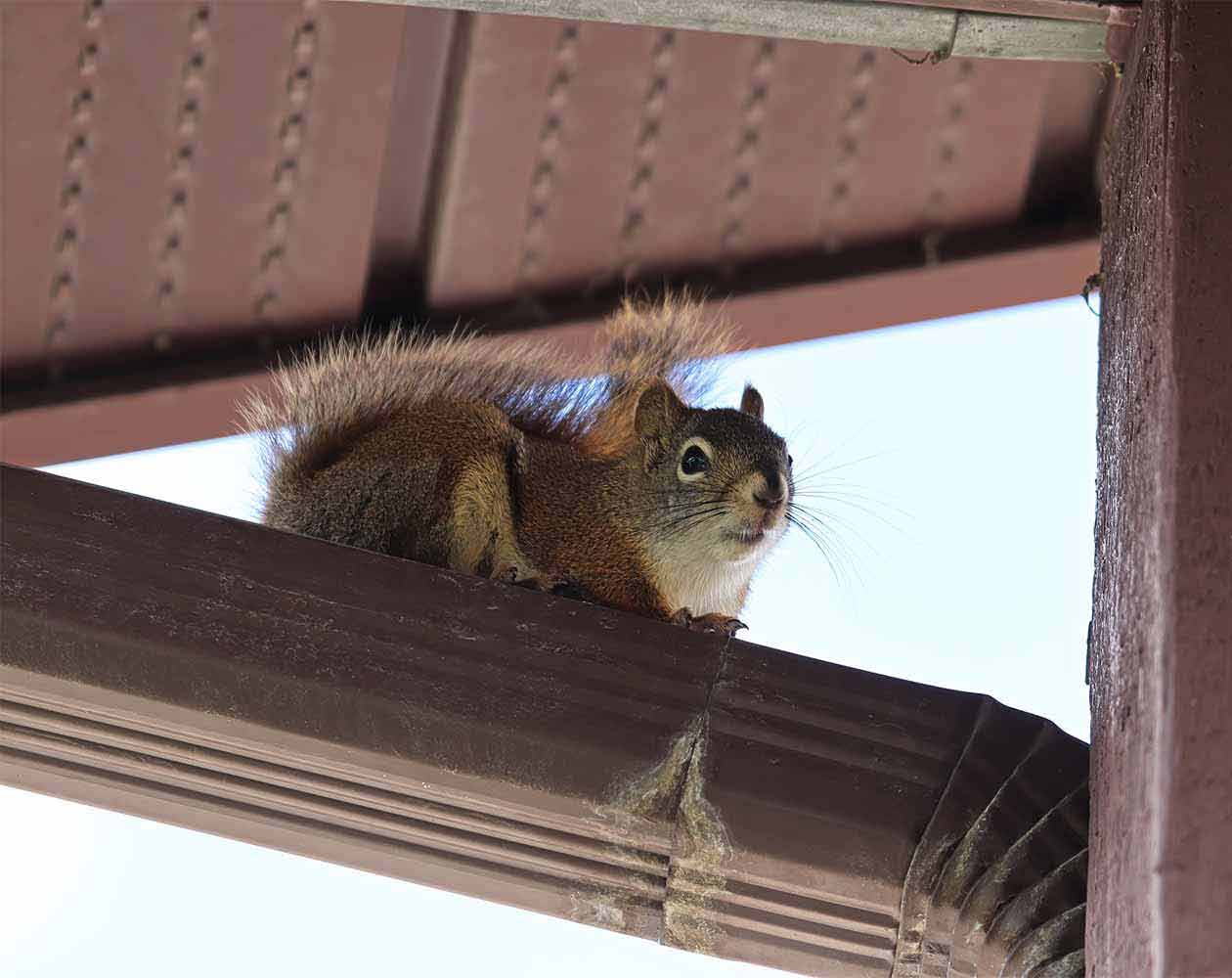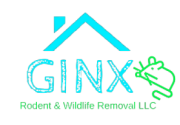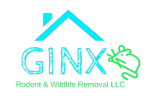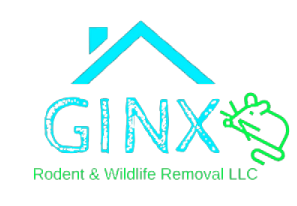Most homeowners worry about property damage from unwanted critters, but lurking beneath those gnawed wires and damaged insulation lies a far more serious concern. Household pests carry numerous health risks that can affect your family’s well-being in ways you might not expect.

Rodents
Rats and mice present some of the greatest health threats among household pests. These small mammals spread diseases through their droppings, urine, and saliva. Their presence triggers severe allergic reactions in many people, especially children and elderly family members. Many homeowners never connect their chronic coughing or worsening asthma symptoms with rodent presence in their walls or attic spaces.
Wildlife Intruders
Larger wildlife like raccoons, opossums, and skunks bring additional health concerns when they reside near homes. These animals frequently carry rabies, which poses grave risks for humans and pets alike. Their droppings often harbor dangerous parasites that infect people through accidental contact or contaminated soil in garden areas.
Ring-tailed cats and other wildlife create unsanitary conditions by leaving waste in attics or crawl spaces. Dried droppings release airborne spores carrying serious diseases.
Squirrels
Many people view squirrels as harmless backyard visitors, but these rodents harbor numerous health hazards. Squirrels nesting in attics contaminate insulation with urine and droppings, leading to widespread mold growth. This creates perfect conditions for dangerous respiratory infections.
Their constant gnawing damages electrical wiring, creating fire hazards that threaten entire households.
Beyond property damage, squirrel droppings spread harmful bacteria through homes’ ventilation systems. Contact with contaminated air triggers allergic reactions and breathing difficulties in sensitive individuals.
Hidden Impact on Indoor Air Quality
Pest infestations dramatically affect your home’s air quality in ways that standard air filters cannot address. Rodent dander, dried droppings, and decomposing nest materials release microscopic particles throughout living spaces. These contaminants accumulate in ductwork, continuously recycling through your home’s ventilation system.
Poor indoor air quality leads to minor irritations like chronic coughing, watery eyes, and serious respiratory conditions. People with existing allergies or asthma face heightened risks when pest-related contaminants circulate through their homes.
Protecting Vulnerable Family Members
Young children, elderly relatives, and people with compromised immune systems face the greatest risk from pest-related health hazards. Their bodies struggle more with fighting off diseases and infections spread by common household pests. What might cause mild symptoms in healthy adults can lead to serious complications for vulnerable family members.
Regular monitoring helps spot early signs of pest activity before major health risks develop. Watching for droppings, gnaw marks, or unusual sounds alert homeowners to potential problems.
Prevention Strategies for Healthier Homes
Creating barriers against pest entry provides a first-line defense for protecting family health. Sealing potential access points around foundations, roofs, and utility penetrations blocks common entry routes. Regular property inspections help identify and address vulnerabilities before pests exploit them.
Maintaining clean, dry conditions throughout your home removes attractions for unwanted visitors. Proper food storage, regular cleaning, and moisture control make your house less inviting to health-threatening pests.
Taking Action for Family Safety
Understanding health risks from household pests motivates smart prevention strategies. Knowledge about specific threats helps homeowners recognize warning signs early. Quick response to pest activity prevents small problems from becoming serious health hazards.
Remember that visible pest damage often signals hidden health risks behind walls or above ceilings.
With proper awareness and prevention, you can maintain healthier living spaces free from pest-related health threats.







